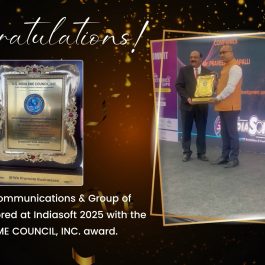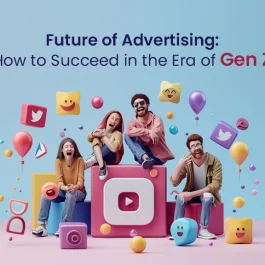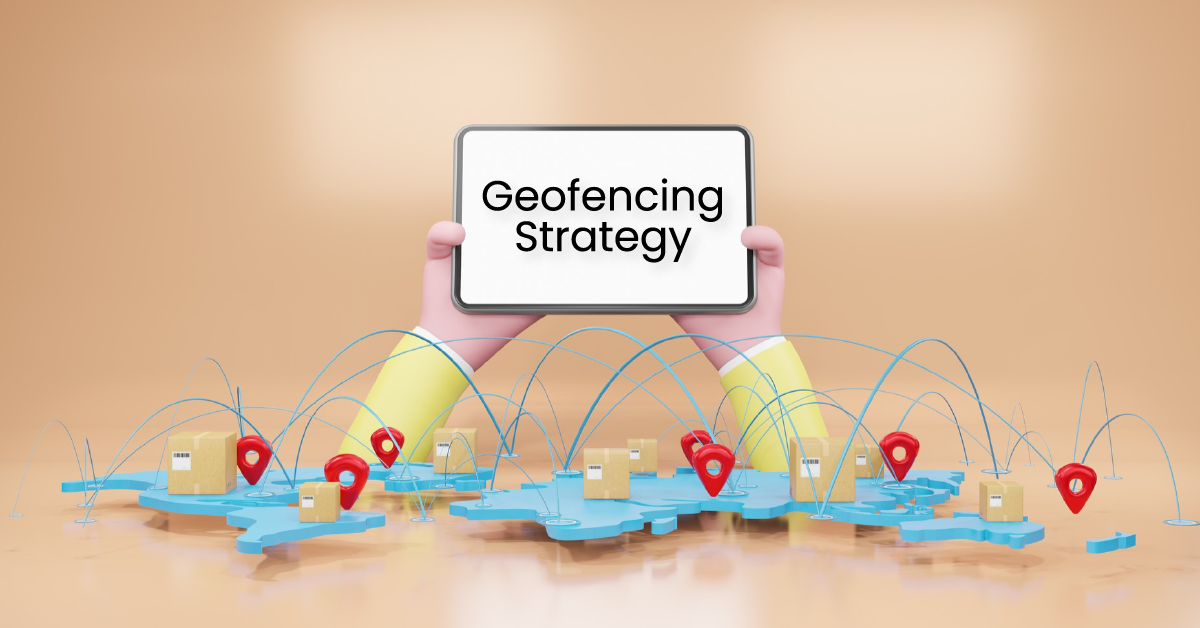6 min read

If you are looking for methods to boost your return on investment from digital marketing, remarketing, and retargeting strategies should be near the top of your list. Both methods help you connect with customers who have previously interacted with your business, despite some differences. You will convert more frequently as a result, and you will frequently attract potential clients you might otherwise miss. Let us have a brief discussion about how these marketing strategies function and how you can use them in your campaigns.
Table of Contents
What Exactly is Remarketing?
A remarketing campaign assists in re-engaging your past clients to persuade them to make a purchase from you or conduct business with you once more.
What Does Retargeting Entail?
A retargeting campaign assists in re-engaging potential customers so they can continue their buyer’s journey. It encompasses people who have visited your website, looked at your profile on social media, or perhaps engaged in a particular action on one of your digital properties.
Remarketing vs Retargeting
Retargeting and remarketing differ primarily in that they:
- Retargeting is a technique that primarily makes use of paid advertisements to re-engage website or social media visitors.
- Remarketing mainly employs email to reconnect with previous clients who have already used your brand’s services.
Retargeting’s main marketing objective is to drive website visitors back to your site so they can make a purchase. Remember that while the best-performing campaigns typically peak at around 9% conversion rates, the average PPC conversion rate is less than 4%.
No matter how you measure it, more than 90% of the traffic you pay a lot of money for will not convert on the first visit. With retargeting, you can close the sale, get them back, and increase your PPC ROI.
Remarketing now focuses more on reinvigorating your existing clientele in an effort to keep them interested in your brand, motivate them to make more purchases, and increase customer lifetime value.
What are Remarketing Strategies?
As already mentioned, remarketing strategies focuses on advertising to clients who have previously transacted with you and typically uses email marketing. Let us examine some strategies for using it.
- Follow up with abandoned shopping carts
According to statistics, almost 90% of online orders are canceled. These results vary by industry, with the insurance sector coming in at just under 68% and the automotive sector at 96%. Although the situation may seem hopeless, digital marketers have a fantastic opportunity. It is possible that the buyer put the item on hold because they were preoccupied, thought the shipping would be too expensive, or just wanted to save it for later. By making a tempting offer, you can compel them to take action. You can try out various strategies, like offering free shipping, a discount, or a gift to customers who make their purchases within 24 hours.
- Reopen dormant accounts
According to Statistics, you can anticipate a decline of 20 to 30 percent in your email lists every year. Even though it is more challenging in B2C marketing, it is a problem in B2B marketing as well. People switch careers. People change their lives. Engaged clients will grow disinterested in your good or service. Emails that still need to be opened must stop being sent to those addresses. You will not be able to send them more mail, though, because of spam filters.
Reactivation campaigns are an excellent way to accomplish this. We Miss You, and Is This Goodbye? Emails might have been sent to you. These tactics can work, but in order to be more successful, they must be customized. They should highlight specific advantages that the reader receives from your business and offer a strong justification for clicking.
Benefits of Remarketing
Remarketing is one of the best strategies for boosting your company’s sales. There are numerous advantages to remarketing strategies, some of which are listed below.
- Remarketing is an economical method.
- Remarketing aids in maintaining contact with your audience.
- There is a greater return on investment (ROI) with it.
- Ad relevancy is enhanced by remarketing.
- It offers you a specific target market.
- It facilitates the client’s brand memory.
How do Digital Marketing Strategies Improve ROI?
View six effective campaigning tactics.
Track the Appropriate ROI metrics
You might be tempted to put too much emphasis on vanity metrics when running paid or organic campaigns. Vanity metrics frequently appear exciting, as their name suggests. They do not actually tell you anything useful about the success of your campaign and are merely meaningless measurements.
Tracking vanity metrics may occasionally divert your attention away from important social media metrics. They may, therefore, affect campaign effectiveness and use valuable resources.
Determine What Needs to be Fixed
Identifying underperforming metrics and making improvements to them is one of the best ways to boost digital marketing ROI. Understanding the path your customers take before making a purchase will help you pinpoint areas that need improvement.
Consider three pages that would be beneficial for prospective customers to view in order to drive website visits logically. You might want to invite them to a blog post, a page of comparisons, or a page of a product.
Using custom audiences, you can create an ad campaign on social media that retargets users who have already visited a page. The next step is to create a conversion or sales campaign that retargets visitors to all three pages.
Creating a multi-step funnel that takes into account areas that require improvement will help you shorten the time it takes for customers to go from awareness to conversion. By doing this, you can raise your digital marketing campaigns’ overall return on investment.
Develop Material with Greater Value
Customers might occasionally react to your posts differently than you would have hoped. Your paid and organic campaign ROI might consequently decline. Create more valuable content using one of the two strategies listed below to boost your results.
Examine your communications on social media.
Are you worried that potential customers are not responding to your social media captions? Reexamine your brand’s tone of voice and your strategy for writing social media copy.
To learn more about your audience’s speech patterns and language usage:
- Read through customer reviews and messages.
- Rewrite your copy so that it speaks to customers in a way that will connect with them more.
- Include calls-to-action (CTAs) that urge readers to take action as well.
Evaluate Various Proposals
You might notice that interest gradually dwindles if you consistently make the same offer for your goods or services. Even if you discover that ROI remains constant, you might pass up chances to raise this metric.
You can determine what appeals to customers the most by experimenting with new offers. Additionally, you can find novel approaches to boost sales, cut expenses, and improve ROI.
The following offers can be tested out and contrasted with industry standards:
- Free delivery
- discounts for a limited time
- Limited-edition goods
- Discounts for subscribers
- Special discounts for devoted clients
- Try out some new channels.
Not all digital marketing channels are necessary for your brand to be present. However, if you are utilizing more than one or two channels, you might be passing up a significant amount of leads and sales. Investigate new testing channels or avenues to boost your ROI.
Do you need to know the social media marketing platforms that would work best for your business? Begin by developing a buyer persona that represents your ideal client. Then, learn more about the kinds of users that each social media platform tends to attract.
Determine the channels that rival brands in your sector use by conducting competitive research.
Utilize Tools for Marketing Automation
Increasing audience reach, clickthrough rate, and revenue generation are key factors for many brands when looking to improve ROI. Sales, though, are only one component of the ROI equation. Your return on investment (ROI) from digital marketing can be significantly impacted by cutting costs.
Getting your team to perform fewer manual tasks is one of the best ways to cut costs. You will need to spend less time on marketing campaigns, because there are fewer repetitive tasks to manage.
Fewer people may be able to complete the same amount of work in some circumstances. In other situations, it means that your team will have time to focus on more important tasks, like creating more effective digital marketing strategies.
How, then, can you do away with manual labor and save money? Tools for marketing automation are capable of managing repetitive tasks. Consider the following examples of automation tools:
By integrating Facebook chatbot plugins into your website, you can encourage visitors to ask questions. The place where you can manage conversations and direct messages on Facebook is your inbox.
Within the bounds you specify, Facebook Ads Manager’s automated rules manage your paid campaigns. To save money, you can set rules that will turn off unsuccessful campaigns. A successful campaign can be scaled up to generate more income.
Conclusion
Although the difference between remarketing and retargeting strategies may seem technical, it is about something other than using the proper terminology. Being able to distinguish between the two is more crucial. As was already mentioned, these strategies typically employ various channels and, more importantly, have various objectives.
Even though content marketing and Search Engine Optimization are inextricably linked, understanding the differences between the two is similar.
Published: September 20th, 2023








